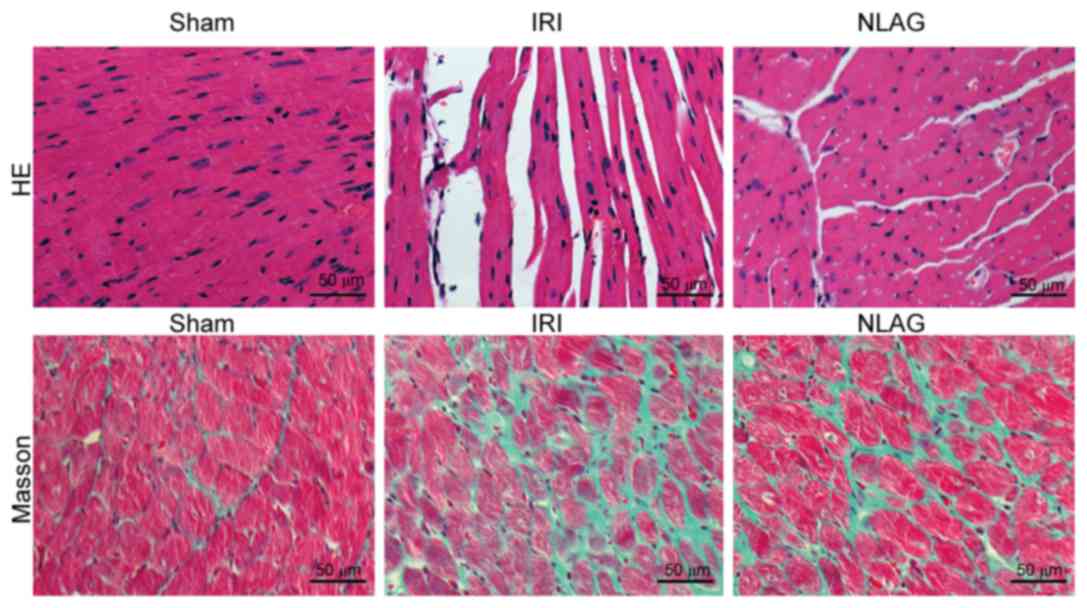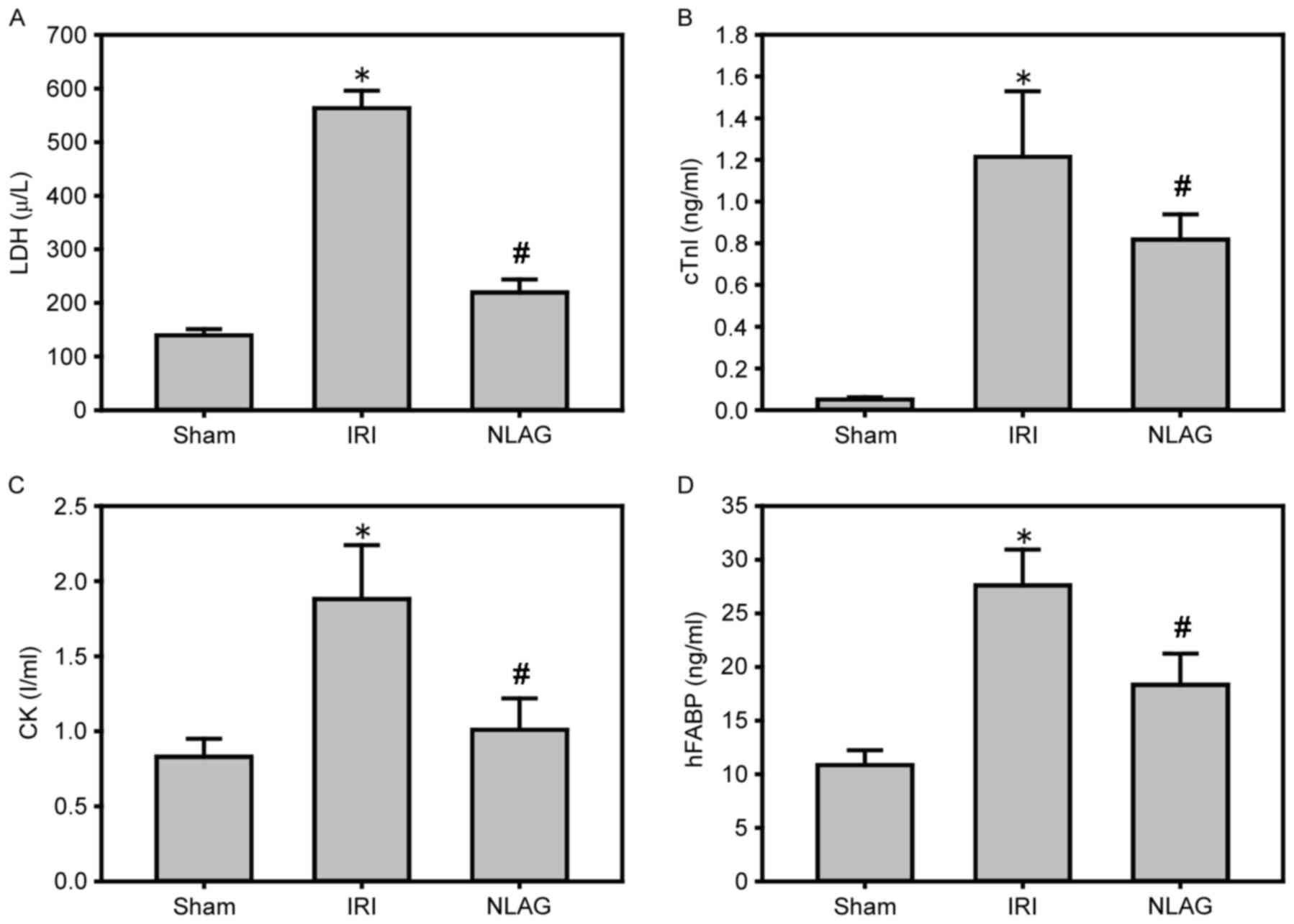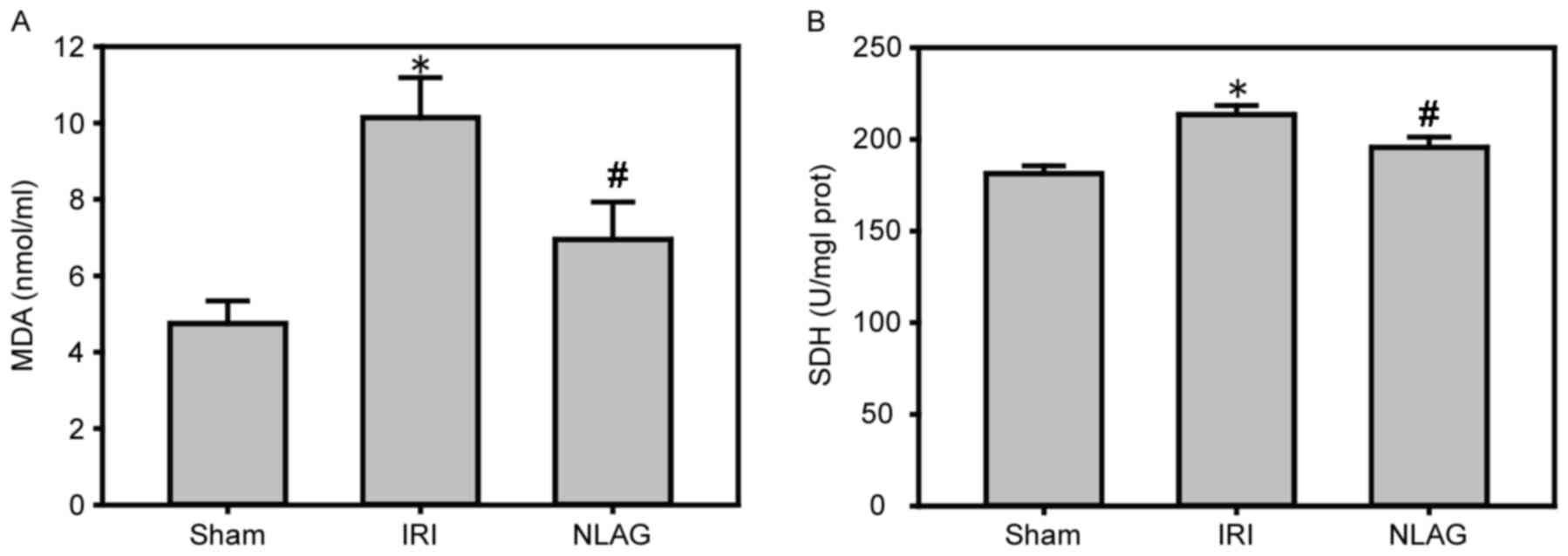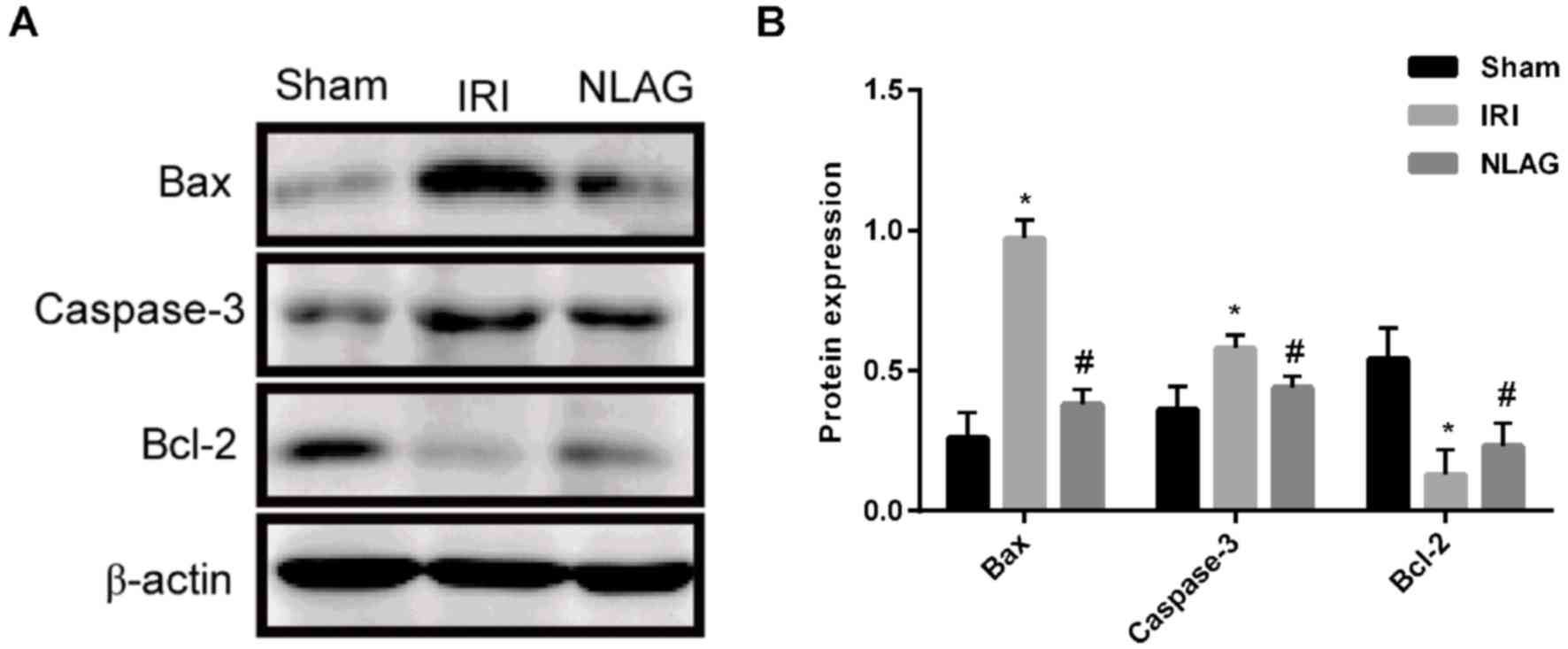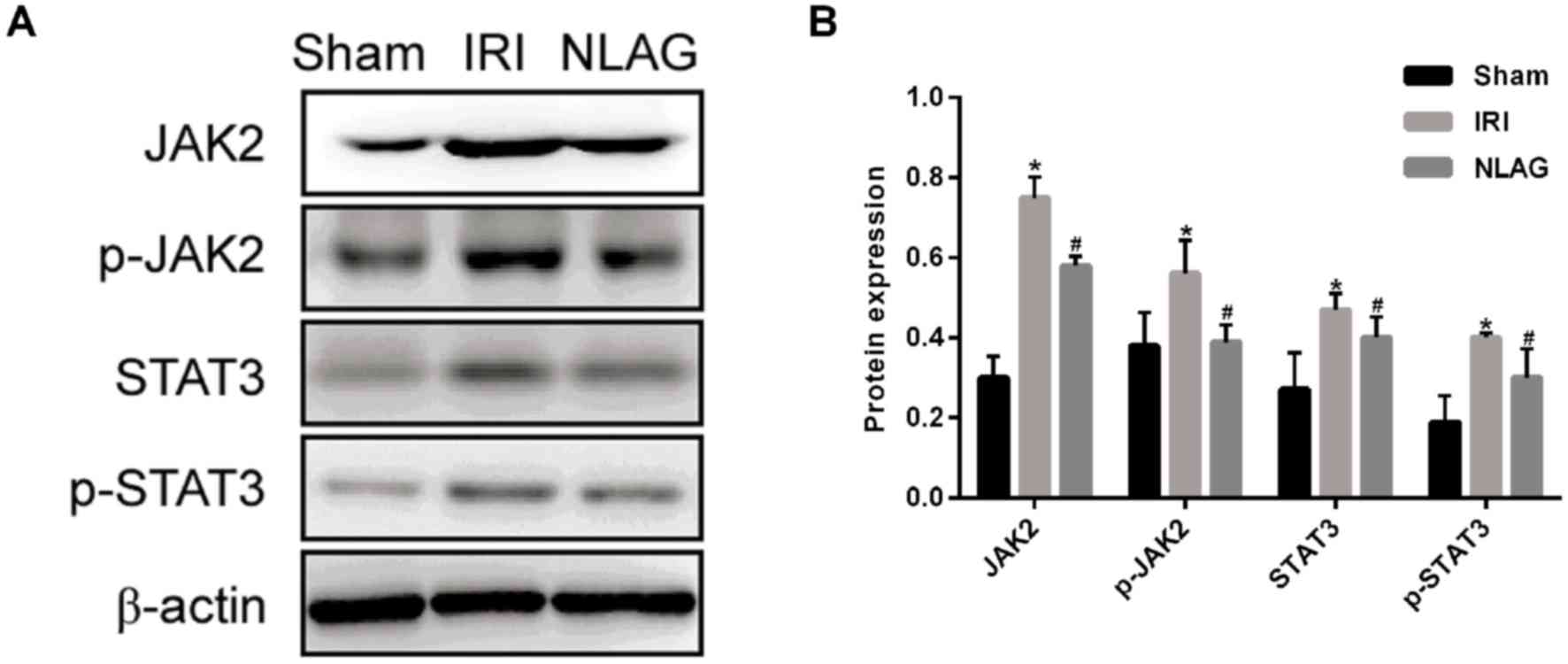|
1
|
Igarashi M, Tada H, Yamasaki H, Kuroki K,
Ishizu T, Seo Y, Machino T, Murakoshi N, Sekiguchi Y, Noguchi Y, et
al: Fragmented QRS is a novel risk factor for ventricular
arrhythmic events after receiving cardiac resynchronization therapy
in non-ischemic cardiomyopathy. J Cardiovasc Electrophysiol.
28:327–335. 2017. View Article : Google Scholar : PubMed/NCBI
|
|
2
|
Cordeiro B and Clements R: Murine isolated
heart model of myocardial stunning associated with cardioplegic
arrest. J Vis Exp. e524332015.PubMed/NCBI
|
|
3
|
Wong GW, Laugerotte A and Wright JM: Blood
pressure lowering efficacy of dual alpha and beta blockers for
primary hypertension. Cochrane Database Syst Rev: CD007449. 2015.
View Article : Google Scholar
|
|
4
|
Devi NR, Sumitra C and Singh NR:
Absorption spectral study of Pr(III) complexes with
L-Alanyl-L-Glutamine and N-Acetyl-L-Glutamine: Interaction
parameters, bonding and Judd-Ofelt intensity. Asian J Chem.
24:2863–2870. 2012.
|
|
5
|
Cunha Filho JF, Gonçalves II, Guimarães
SB, Jamacaru FV, Garcia JH and Vasconcelos PR: L-alanyl-glutamine
pretreatment attenuates acute inflammatory response in children
submitted to palatoplasty. Acta Cir Bras. 26 Suppl 1:S72–S76. 2011.
View Article : Google Scholar
|
|
6
|
Gabr A, Salem AAS, Samy HA, Tmam S and Ali
AM: N(2)-L-Alanyl-L-Glutamine dipeptide preventing
oxaliplatin-induced neurotoxicity in colorectal. cancer patients.
07:1–621. 2016.
|
|
7
|
Pires VL, Souza JR, Guimarães SB, Silva
Filho AR, Garcia JH and Vasconcelos PR: Preconditioning with
L-alanyl-L-glutamine in a Mongolian gerbil model of acute cerebral
ischemia/reperfusion injury. Acta Cir Bras. 26 Suppl 1:S14–S20.
2011. View Article : Google Scholar
|
|
8
|
Araújo Júnior RJ, Silva Júnior RG,
Vasconcelos MP, Guimarães SB, Vasconcelos PR and Garcia JH:
Preconditioning with L-alanyl-glutamine reduces hepatic
ischemia-reperfusion injury in rats. Acta Cir Bras. 26 Suppl
1:S8–S13. 2011. View Article : Google Scholar
|
|
9
|
Shen-Orr SS, Furman D, Kidd BA, Hadad F,
Lovelace P, Huang YW, Rosenberg-Hasson Y, Mackey S, Grisar FA,
Pickman Y, et al: Defective signaling in the JAK-STAT pathway
tracks with chronic inflammation and cardiovascular risk in aging
humans. Cell Syst. 3:374–384.e4. 2016. View Article : Google Scholar : PubMed/NCBI
|
|
10
|
De S, Manna A, Kundu S, De Sarkar S,
Chatterjee U, Sen T, Chattopadhyay S and Chatterjee M:
Allylpyrocatechol attenuates collagen-induced arthritis via
attenuation of oxidative stress secondary to modulation of the
MAPK, JAK/STAT, and Nrf2/HO-1 pathways. J Pharmacol Exp Ther.
360:249–259. 2017. View Article : Google Scholar : PubMed/NCBI
|
|
11
|
Kim HC, Kim E, Bae JI, Lee KH, Jeon YT,
Hwang JW, Lim YJ, Min SW and Park HP: Sevoflurane postconditioning
reduces apoptosis by activating the JAK-STAT pathway after
transient global cerebral ischemia in rats. J Neurosurg
Anesthesiol. 29:37–45. 2017. View Article : Google Scholar : PubMed/NCBI
|
|
12
|
Mudaliar H, Rayner B, Billah M, Lay W and
Bhindi R: Remote ischaemic preconditioning activates the JAK-STAT
pathway resulting in the attenuation of Egr-1 expression following
myocardial ischaemia reperfusion injury. Heart Lung Circulat. 24
Suppl 3:S1632015. View Article : Google Scholar
|
|
13
|
Wen SH, Li Y, Li C, Xia ZQ, Liu WF, Zhang
XY, Lei WL, Huang WQ and Liu KX: Ischemic postconditioning during
reperfusion attenuates intestinal injury and mucosal cell apoptosis
by inhibiting JAK/STAT signaling activation. Shock. 38:411–419.
2012. View Article : Google Scholar : PubMed/NCBI
|
|
14
|
Baguisi A, Casale RA, Kates SA, Lader AS,
Stewart K and Beeuwkes R III: CMX-2043 efficacy in a rat model of
cardiac ischemia-reperfusion injury. J Cardiovasc Pharmacol Ther.
21:563–569. 2016. View Article : Google Scholar : PubMed/NCBI
|
|
15
|
Shu S, Li CM, You YL, Qian XL, Zhou S and
Ling CQ: Electroacupuncture ameliorates cerebral
ischemia-reperfusion injury by regulation of autophagy and
apoptosis. Evid Based Complement Alternat Med. 2016:72974252016.
View Article : Google Scholar : PubMed/NCBI
|
|
16
|
Wang Z, Yu J, Wu J, Qi F, Wang H, Wang Z
and Xu Z: Scutellarin protects cardiomyocyte ischemia-reperfusion
injury by reducing apoptosis and oxidative stress. Life Sci.
157:200–207. 2016. View Article : Google Scholar : PubMed/NCBI
|
|
17
|
Boengler K, Buechert A, Heinen Y, Roeskes
C, Hilfiker-Kleiner D, Heusch G and Schulz R: Cardioprotection by
ischemic postconditioning is lost in aged and STAT3-deficient mice.
Circ Res. 102:131–135. 2008. View Article : Google Scholar : PubMed/NCBI
|
|
18
|
Jacoby JJ, Kalinowski A, Liu MG, Zhang SS,
Gao Q, Chai GX, Ji L, Iwamoto Y, Li E, Schneider M, et al:
Cardiomyocyte-restricted knockout of STAT3 results in higher
sensitivity to inflammation, cardiac fibrosis, and heart failure
with advanced age. Proc Natl Acad Sci USA. 100:pp. 12929–12934.
2003; View Article : Google Scholar : PubMed/NCBI
|
|
19
|
Butler KL, Huffman LC, Koch SE, Hahn HS
and Gwathmey JK: STAT-3 activation is necessary for ischemic
preconditioning in hypertrophied myocardium. Am J Physiol Heart
Circ Physiol. 291:H797–H803. 2006. View Article : Google Scholar : PubMed/NCBI
|
|
20
|
Terrell AM, Crisostomo PR, Wairiuko GM,
Wang M, Morrell ED and Meldrum DR: Jak/STAT/SOCS signaling circuits
and associated cytokine-mediated inflammation and hypertrophy in
the heart. Shock. 26:226–234. 2006. View Article : Google Scholar : PubMed/NCBI
|
|
21
|
Park SK, Dahmer MK and Quasney MW: MAPK
and JAK-STAT signaling pathways are involved in the oxidative
stress-induced decrease in expression of surfactant protein genes.
Cell Physiol Biochem. 30:334–346. 2012. View Article : Google Scholar : PubMed/NCBI
|
|
22
|
Li Y, Zhu W, Tao J, Xin P, Liu M, Li J and
Wei M: Fasudil protects the heart against ischemia-reperfusion
injury by attenuating endoplasmic reticulum stress and modulating
SERCA activity: The differential role for PI3K/Akt and JAK2/STAT3
signaling pathways. PLoS One. 7:e481152012. View Article : Google Scholar : PubMed/NCBI
|
|
23
|
Luan HF, Zhen LI, Zhao QH, Wang L, Yong JI
and Zeng YM: Role of JAK2/STAT3 signaling pathway in hydrogen
sulfide postconditioning on isolated ischemia/reperfusion rat
hearts. Chin J Pharmacol Toxicol. 25:23–28. 2011.(In Chinese).
|
|
24
|
Dong J, Jiang Y, Liu A, Wang S, Yang Q and
Zhang Y: Expression of JAK/STAT signal transduction pathway and the
effects of rapamycin in lupus nephritis-prone MRL/lpr mice. Chin J
Microbiol Immunol. 15:73–77. 2007.
|
















